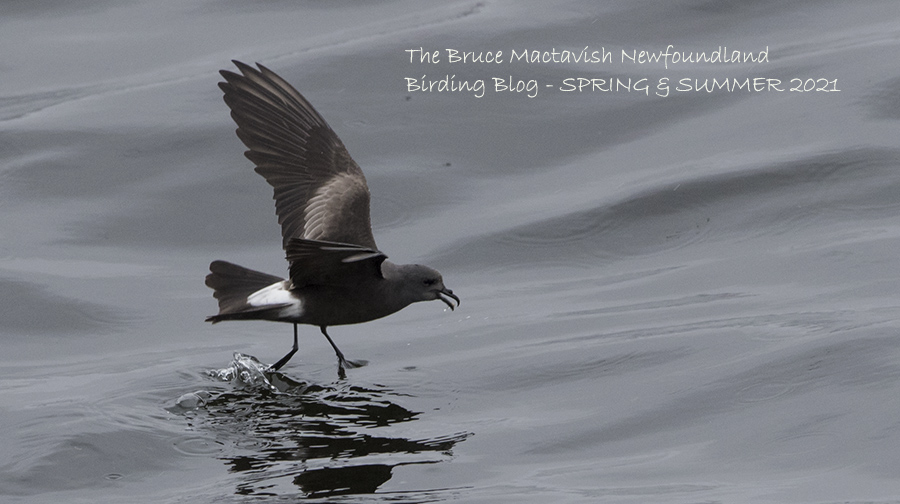Daylight is short in late December. I've had a hankering to know if the November Little Gull was still present at Bellevue Beach. Daylight is so short that low tides were happening under the cover of darkness. I knew it was too much to expect the tide at Bellevue would fall far low enough before darkness for the small gulls and what ever else might be using the Bellevue Beach mudflats to be out. But it as only going to get worse during the week so I took a chance and combined it with some birding at the waterfowl hotspots on the western side of Conception Bay. It was an OK day with few surprises. Below are some of the highlights that got photographed along the way.
The Avondale Bufflehead flock was 13 strong. Here are most of them. There was another five at Clarke's Beach.
Knowing a Wood Duck overwintered at Brigus the last two years I decided to look for it. I found it right away with a group of ten Black Ducks. I was lucky because the little flock of ducks swam into vegetation flooded by an unusually high tide and would have been out of sight with a casual scan from the road.
The drake Barrow's Goldeneye was at Spaniard's Bay but too far out there to photograph. There is always a flock of Euro Wigeons wintering in Spaniard's Bay. Not entirely sure where they feed but at high tide they can sometimes be found at the Spaniard's Bay 'mini park'.They flew in just as I arrived. 12 EUWI and 1 female AMWI. Is there any dabbling duck more attractive than an adult drake EUWI?
Can you spot the female American Wigeon in this and the above photo. The light was very low in the shade of the stream and the wigeon swam quickly and nervously in and out of the stream mouth where numerous tamed Black Ducks were present. Most of my photos were badly out of focus.
Unlike the wigeons, this hybrid American Wigeon x Mallard, one of three present annually during the winter season at Harbour Grace is bread trained.
I spent nearly two hours at Bellevue Beach town watching the tide fall hoping at least a little feeding frenzy might occur at the outlet. Nope. The mudflats also were not even beginning to be exposed by the time I had to leave so we do not know what might be overwintering at Bellevue Beach this year. I didn't leave completely empty handed. There were three adult Bonaparte's Gulls and a Black-headed Gull flying about the harbour and occasionally stopping to feed among the seaweed.
This Dunlin was a little bit of a surprise on the rocks at the Graveyard Point. I am surprised more shorebirds do not try to over winter at Bellevue Beach.



















































